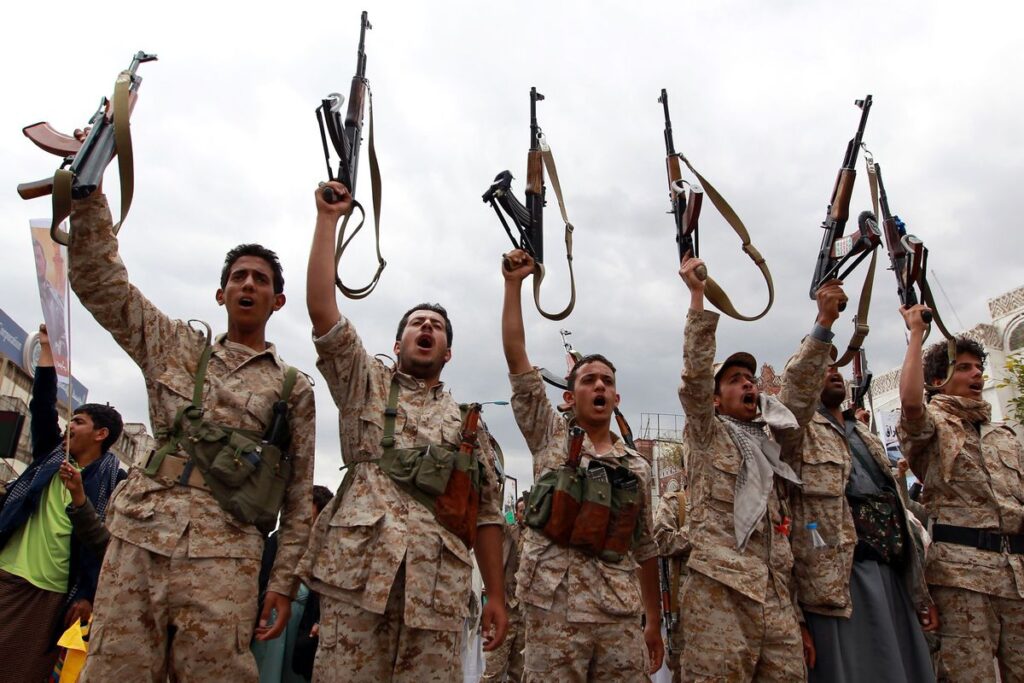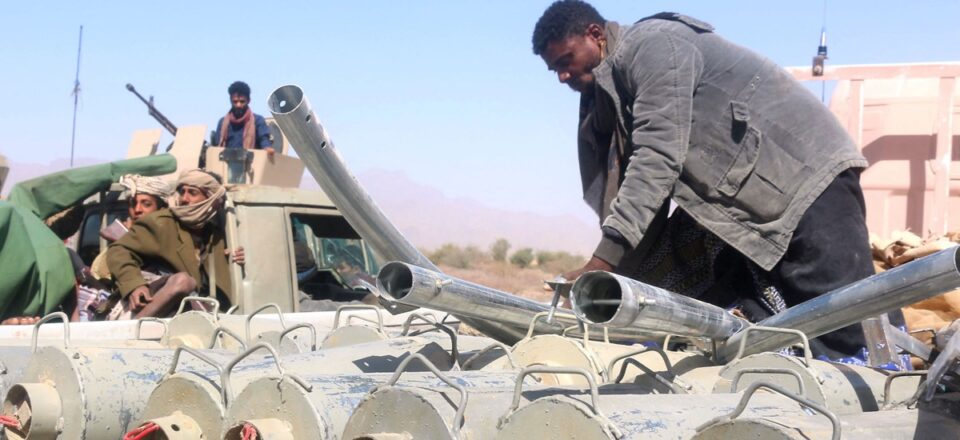There are around 30 million people living in Yemen. It is located at the southernmost point of the Arabian Peninsula and shares boundaries with Saudi Arabia, Oman, the Red Sea, and the Gulf of Aden.
Ever since the Huthi rebels and their supporters attempted to seize control of the nation in early 2015, Yemen has been at war. A Saudi-led military intervention tried and failed to drive the Huthi rebels out of the nation’s capital, Sanaa.
The Huthis, who are backed by Iran, are supposedly at war with Abed Rabbo Mansour Hadi’s internationally recognised government, which is backed by Saudi Arabia. In actuality, there are many anti-Huthi groups fighting one other as well as the rebels.
Also Read: Iran 2023 Anti-Government Protests: Explained
The nation had been divided into roughly five areas of political and military dominance by the year 2020. Roads have been cut off and Yemen’s ports and airports, several of which have been closed, are under conflicting control. The story of the conflict for control of Yemen goes far beyond territorial control. Although more than 70% of Yemen’s geography is officially under government control, the best population statistics reveals that more than 70% of Yemenis reside in Huthi-controlled territory.
These territorial splits in Yemen did not affect the economy, which remained mostly cohesive during the early stages of the war. Wheat prices, for example, were essentially the same across the country. But with the beginning of 2020, things have changed.

The Huthis control one of Yemen’s two main economic zones, while the other spans regions that are ostensibly under government control. Since 2019, the cost of wheat has more than doubled in government-controlled areas. The majority of Yemeni incomes do not account for inflation, thereby halving people’s purchasing power.
What caused the economy to divide? The conflict in Yemen is not merely a military and political conflict, is the answer. It is also a struggle over money, one that has probably claimed more lives than actual combat. The economic struggle has gone through numerous stages.
Also Read: Adani-Hinderberg Issue: Explained
First, in 2016, following the failure of peace negotiations in Kuwait, the government relocated the central bank’s offices from Sanaa, which was under Huthi control, to Aden, which served as a temporary capital. The administration believed that this would give them the upper hand economically over the Huthis. It aimed to prevent them from accessing the bank’s reserves of hard currencies like the dollar and Yemeni riyals, but more crucially, it aimed to restore control over the movement of money into and out of the nation through the banking system.

